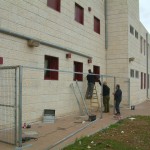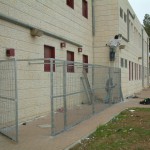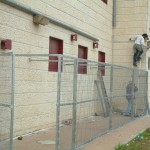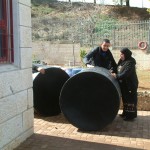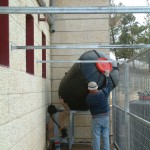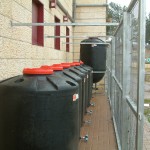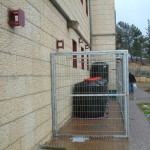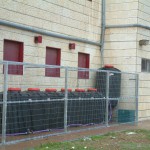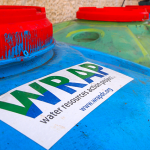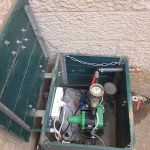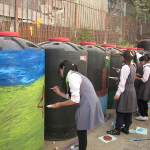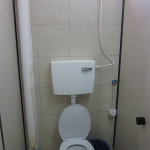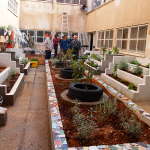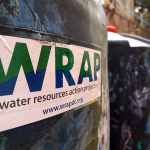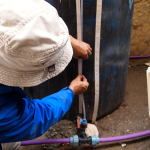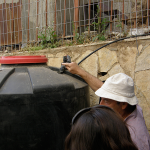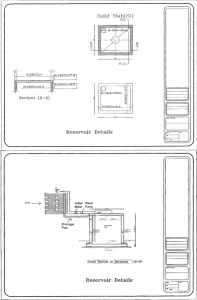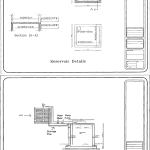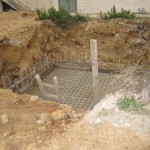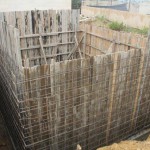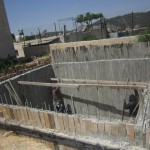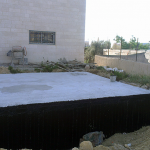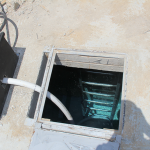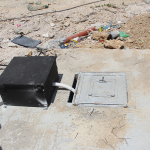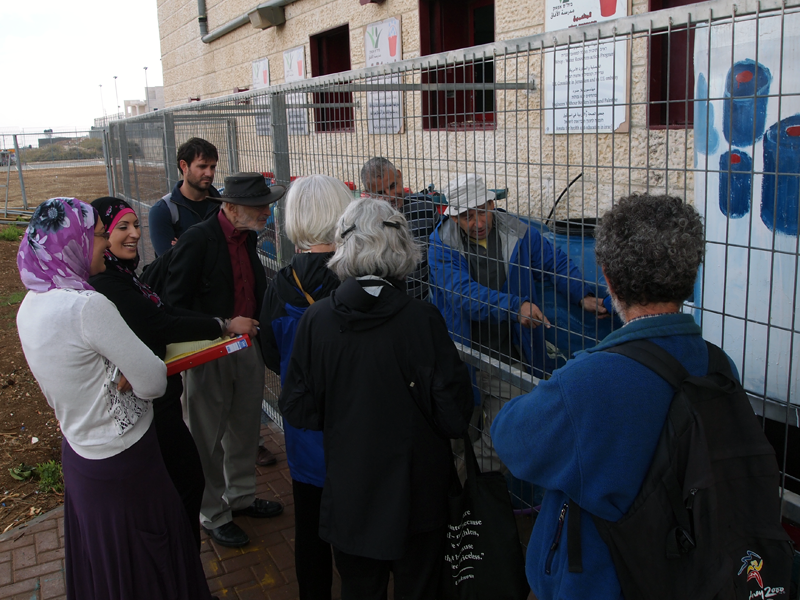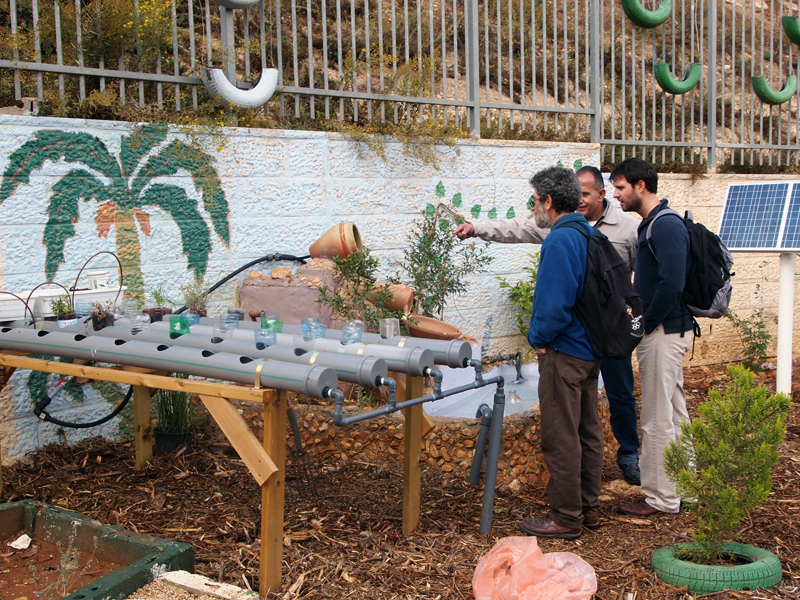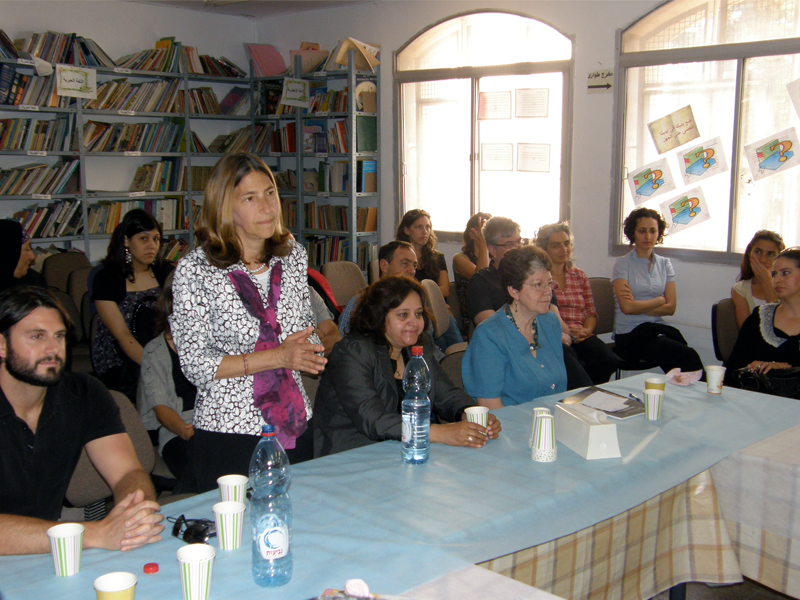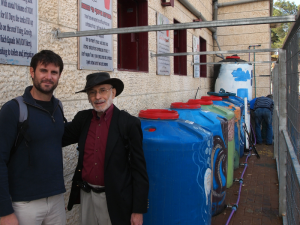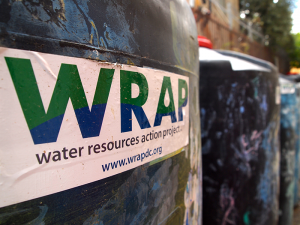The most precious resource of the arid regions of the Middle East will forever be water – not oil, but water. And, during an ever-shrinking timeframe of the year, typically November through April, freshwater falls from the sky and soaks into the dry land.
A rather simple technology, at a relatively low cost, that WRAP has found effective in capturing, storing, and using this rainwater, are two primary types of collection systems – rain barrels and cisterns.
Click here to download this presentation.
Rain Barrel System
The standard rain barrel system that WRAP utilizes entails a collection unit situated on the school’s roof, due to the vast surface area. The rainwater is collected on the roof and transported through a series of pipes into one of the rain barrels used as a settling tank. The initial settling tank removes any sediment or other debris transported with the rainwater. As the initial rain barrel fills to capacity, the rainwater overflows into the next rain barrel. This “overflow” process continues until all of the rain barrels are filled.
When ready for use, a small pump transports the rainwater from the barrel, through a separate series of pipes, into each of the school’s restroom facilities. The rainwater is piped into the back of each toilet, where it will be used for purposes of flushing. A water meter is affixed to the pump for tracking the rainwater leaving the system. A measurement device is also displayed on the rain barrels for daily monitoring and reporting of the unit’s storage levels by the students.
Depending on the amount of rainwater collected and the amount needed by the school for toilet flushing, excess stored rainwater is sometimes used for community gardening.
WRAP’s Rain Barrel Project Construction Phases (Afaq)
WRAP’s Rain Barrel Project Construction Phases (Sur Baher)
WRAP’s Cistern Project Construction Phases
A cistern system is slightly more complex and resource intensive than a rain barrel system, due to the excavation, concrete, and sealant required. However, a cistern is able to store much greater amounts of rainwater (approximately 62,000 cubic meters), when compared to a rain barrel system. An unused plot of land, in close proximity to the school, must also be available. Excavation of the ground is necessary. The cistern’s frame is constructed of rebar and plywood. The concrete base and sides are poured. Once enclosed, a sealant is applied to the concrete walls to prevent leakage. A small opening remains on the ceiling of the cistern, allowing annual maintenance to occur, and for a small pump to transport the stored water from the cistern, through a series of pipes, into each toilet’s tank located within the school’s restrooms.
The rainfall is collected in a similar fashion as the rain barrel system (i.e., collected from the school’s roof and piped to the underground cistern).


